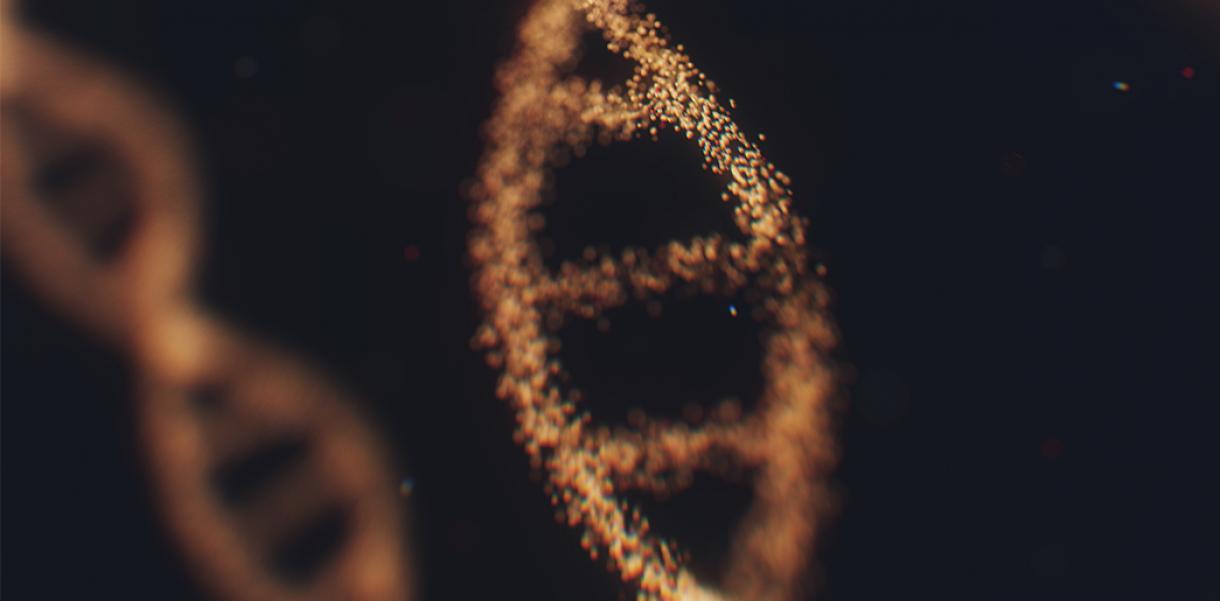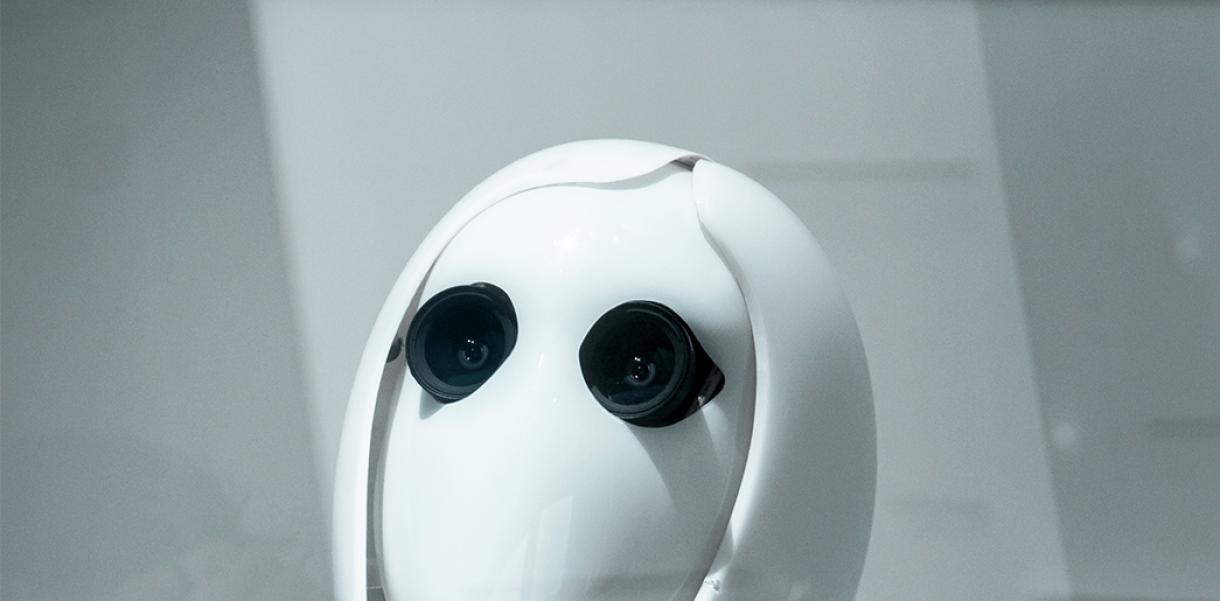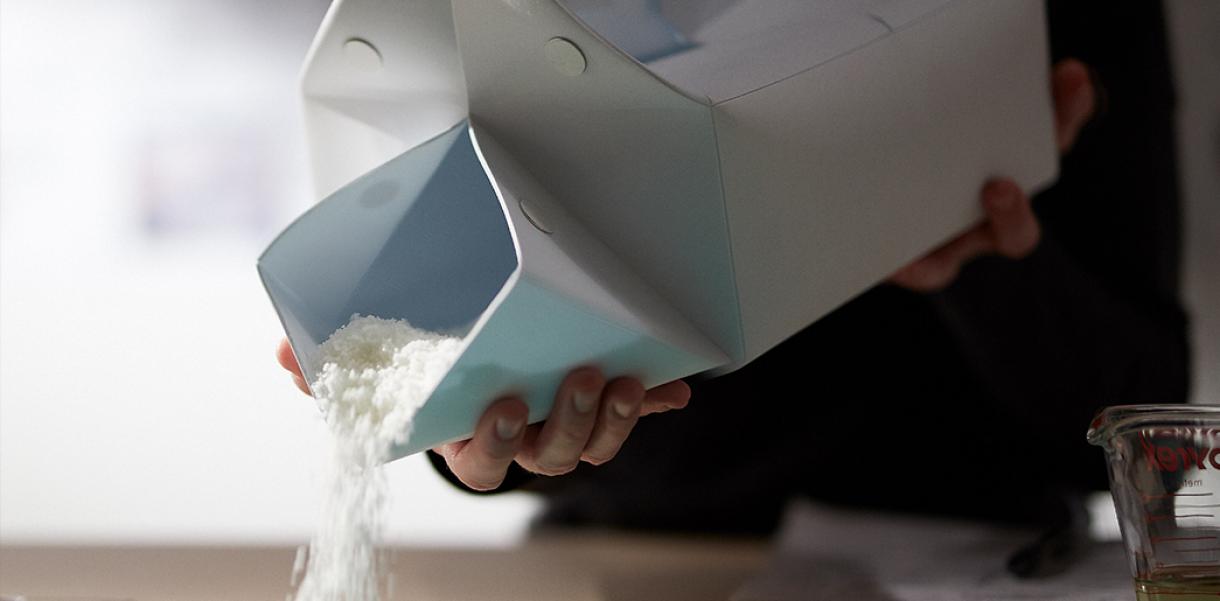Over the past 30 years, we've gone from a time of floppy disks and cassette tapes to cloud storage and backup servers. Today, we collectively generate about 2.5 quintillion bytes of data every single day. To give you an idea of how much that is: if you laid out 2.5 quintillion pennies, they'd cover the Earth's surface five times over.
These digital footprints, whether necessary or trivial, are a looming disaster for our planet. And today's conventional storage methods don't have the capacity or longevity to meet this growing demand. So, where will all this data go?
"Your data is just living in one of these large data centres [...] they take up a lot of space, they take up a lot of electricity," explains Sean Mihm, Senior Mechanical Engineer at CATALOG. "They're also putting off a lot of emissions, more than the entire airline industry. "Another example we like to use is that all the data centres in the world take in more electricity than the entire country of Austria."
Named as one of TIME's best inventions, CATALOG's device —called 'Shannon' after the creator of information theory, Claude Shannon— can print data on blank, synthetic strands of DNA. This means a football field worth of storage capacity could fit into a DNA-based container the size of a sugar cube.
But why DNA? It's the storage medium perfected by the natural world over three billion years of evolution. It can store millions of times more information, in the same volume, as conventional solutions and can last for thousands of years.
"All the data centres in the world take in more electricity than the entire country of Austria."
"The woolly mammoth has been extinct for over 60,000 years, but we know the sequence of the woolly mammoth DNA because we've been able to recover it," explains Mihm. "So it shows [the] longevity, that perseverance over time, and then the other really cool aspect is its' ability to replicate or copy itself."
To date, CATALOG has worked with various clients to test 'Shannon' successfully and have been able to store a variety of media - from classic films to the whole English Wikipedia. While the next step is scaling up for commercial viability, Mihm believes it'll be the next generation of data writers that'll offer the large-scale impact we need to offset the negative impacts.
"Shannon is our first prototype, and it allows us to gain that commercial viability or commercial demonstrations to show people what can it do with some meaningful data," explains Mihm. "But for the kind of impact where we start replacing data centres? I think it's going to be that next iteration that gets that higher throughput, higher impact - and then we'll need several of those machines."
The Podcast Series
'Can design save us?' is a series exploring design as a pioneering force for good. We dive into the most pressing problems of our time and meet inspiring people using innovation to solve them. We explore the good, bad, complex and controversial. Listen on iTunes, Spotify, Google Podcasts and Podimo.
If you have feedback or story suggestions, please drop us a line, and don't forget to subscribe, rate and share.




